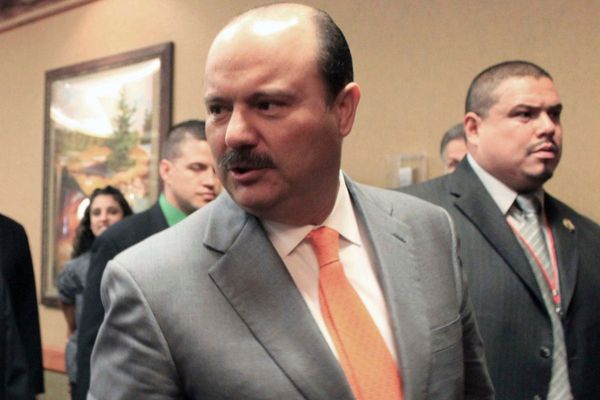
The Centre for Population is part of the Treasury and publishes, you guessed it, population-related data and research.
The Centre’s population forecasts and projections are used in Treasury’s macroeconomic and fiscal forecasts and, most importantly, in the federal budget. In some godforsaken appendix of the budget, we can find an assumption about future net overseas migration figures.
Every migrant pushes the GDP upwards and puts money into the Treasury coffers. Treasurers love high migration forecasts as this means they can throw more money around.
While The Centre for Population is meant to be fully independent, I suspect the motivation to argue for modest migration figures is pretty low. If in doubt, the Centre will pick the higher number.
So it was no surprise that The Centre for Population’s annual “Population Statement” (published in January 2023) suggested a much more bullish population forecast for 2032 (29.6 million) than the UN Population Division did last year (28.7 million). It was, however, surprising just how much more bullish the newest figures are – we are talking about a difference of 902,000 Australians by the year 2032.
That’s no rounding error. Let’s compare the two big population forecasts to which we currently have access. We will have to wait a little longer for the Australian gold standard of forecasts, as the ABS is only expected to publish its forecasts in November 2023.
Both currently available forecasts roughly share their view of the population aged 45+. No surprise here.
The assumptions regarding deaths are similar, and the 45+ cohort isn’t impacted significantly by migration (migrants are overwhelmingly between 18 and 39 years of age). So, there is little wiggle room here for the two forecasts to come up with vastly different numbers.
Yet the forecasts are almost a million people apart because they assume different migration numbers. The Centre for Population gives us an additional 516,000 people in their 20s by 2032 compared to the UN forecast.
That’s the difference higher levels of migration assumption make. Suddenly, we have plenty of people to fill the holes in retail, hospitality, and even the care industry. Adding 186,000 more people aged 18-22 assumes a huge boom in international education – better invest in some student accommodation now.
Having more people in their 20s by 2032 also means more kids in the country by 2042 and more taxpayers in the 2050s.
Let’s assume for a second that we want the bullish forecast to become a reality. What policy changes are needed? Policies aimed at ramping up our low birth rate can largely be ignored.
We learned from governments with extremely low birth rates (China and South Korea come to mind) that policy interventions don’t really lift the birth rate. People only have more kids when large properties are affordable and when they are optimistic about their future prosperity. So, forget about baby bonuses and the like.
Better to spend money on universal free childcare. This doesn’t drive up births an awful lot, but it improves our economy by incentivising more parents (primarily mothers) to return to the workforce sooner or for longer hours.
The main challenge if we want to grow our population base will be to attract the 235,000 net new migrants that The Centre for Population expects to settle in Australia every year until 2032. This is not an unrealistic assumption, as that’s roughly the pre-pandemic norm. As I discussed in a previous column, competition for a shrinking pool of global talent will make it increasingly difficult to attract migrants.
We need to offer a transparent and easy way to citizenship to attract permanent migrants. Cheaper housing is also crucial. We also need to overhaul our visa system (apparently, that’s being done currently). If we don’t, the 235,000 figure will be out of reach.
Assuming our 2032 will be closer to The Centre for Population figure, we must urgently add more housing stock and invest in infrastructure upgrades. Whatever we are doing now is nowhere near enough to alleviate the housing crisis. New stock is crucial, and incentivising developers to add stock fast must remain a priority.
Whatever forecast you might prefer, we are talking about two very different Australias here. In one, we lack workers, and the skills shortage worsens. In the other, we have many more workers, but the housing crisis worsens.
Obviously, one of those negative outcomes is inevitable. Our view of the future matters because it dictates policy and funding preferences. Yet again, we see how bad of an idea it is to not have our national housing and migration targets linked to each other.
If Treasury wants to increase the migration base (plenty of arguments for doing so), it needs to amp up the supply of housing (a publicly owned housing developer might be needed here). Anyone arguing for lower migration figures, as in the UN forecasts, needs to solve the skills shortage across all industries (and within care jobs in particular) while only relying on the few new members of the Gen Z birth cohort that will be entering the workforce over the coming decade.
Neither scenario is easy to manage, but both deserve our full attention.







